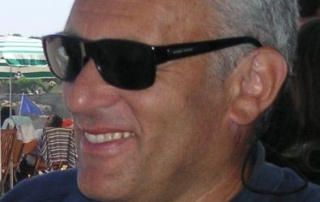INTRODUCTION on Education and Mathematical Education
What education do they need, eager young minds of tomorrow?
Why are they forced to take Maths at school?
Is Maths respected mainly as a sure tool for selection? Will Emotional Intelligence replace it, and if yes, when?
What is Mathematical Literacy? What Maths do we need to teach and how?
Are “out-of-the-box thinking” questions a bridge between IQ and EQ?
Why do Western Powers (Europe and US), that have poor results in international comparative maths testing (PISA, Maths Olympiades), contunue to rule in Maths Education?
Kids’ questions for adults.
